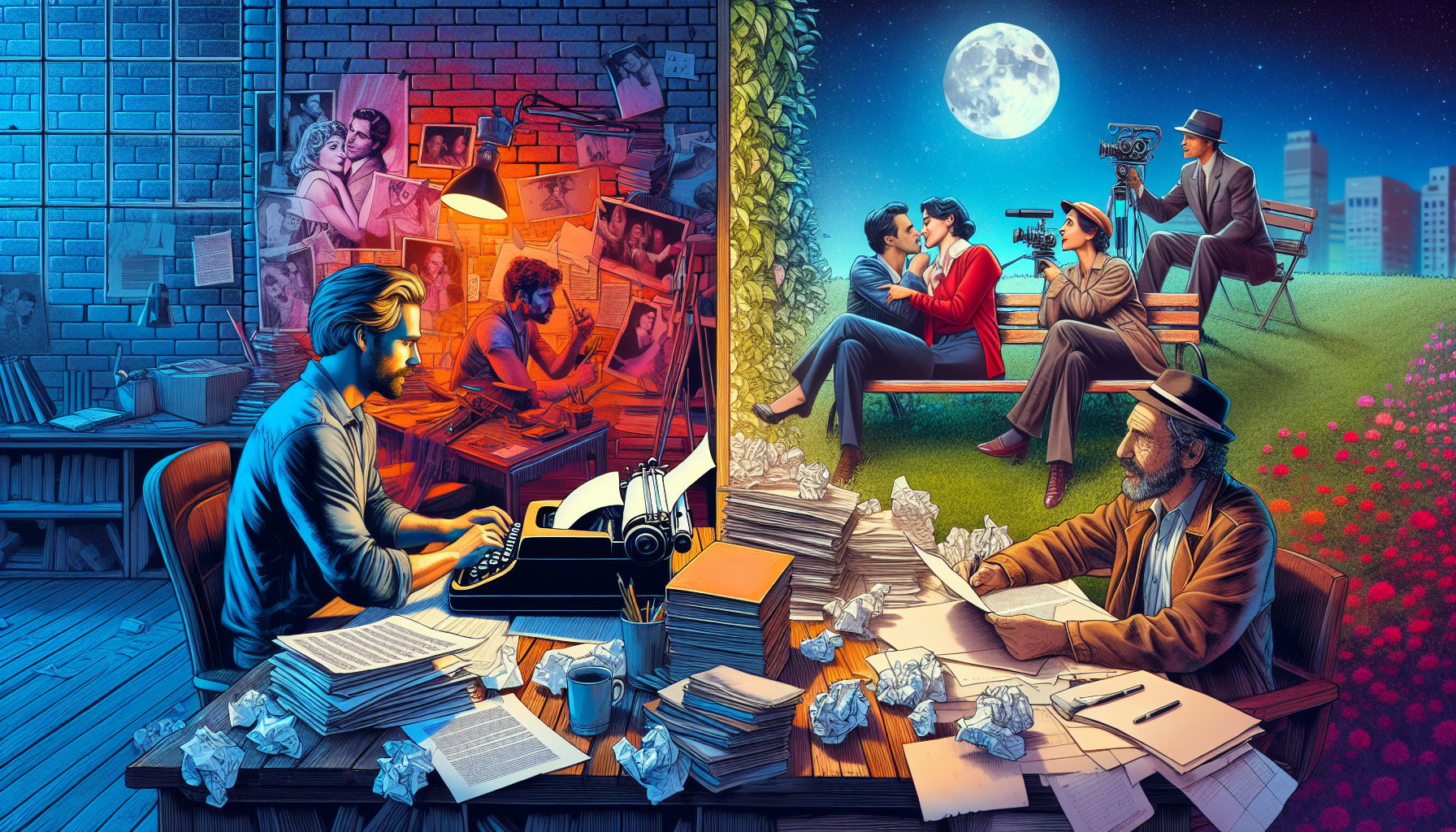
Unlocking the Secrets of Pacing in Romance Screenplays
When it comes to the art of screenwriting for romance, pacing is not just a tool; it’s practically your cupid’s arrow. Whether you’re crafting a whirlwind rom-com or a slow-burning epic love story, how you manipulate the speed and rhythm of your narrative can mean the difference between a believable I love you and a romance that feels as forced as my smile at a surprise party. So, let’s dive into the heartbeat of any good romance screenplay: the perfect balance between momentum and emotion.
Why Pace Matters in Romance
Imagine you’re on a date. Now, if your date rushes through dinner, dessert, and a goodnight kiss all within the first fifteen minutes, you might feel a tad overwhelmed—or even suspect they’re double-booked. Conversely, if the evening drags on, with long pauses filled only by the haunting solo of a distant fork against a plate, you might start praying for a power outage. Similarly, your screenplay’s pacing dictates the emotional engagement and keeps the audience riveted or, well, bored snoozing on their popcorn.
The Slow Burn: Simmering Chemistry
Ah, the slow burn. This script takes its sweet time, building a delicious tension that promises an explosive emotional payoff. The key here is in the tease—the “will they, won’t they” dance—that needs to sustain itself without dragging. Each scene should peel back a layer of the characters’ vulnerabilities or desires, tantalizing viewers with a glimpse of what might be, like slowly unwrapping a chocolate to savor that first irresistible bite.
The Whirlwind Romance: Fast and Fabulous
On the flip side, a whirlwind romance script zips along at a breakneck pace, grabbing the audience by their collective heartstrings and pulling them along for a breathless ride. Here, the emphasis is on high stakes and immediate gratification. But beware—the quick pacing mustn’t feel rushed, or the story risks skimming over deeper emotional development. It’s like making a smoothie; blend it too briefly, and you’re crunching on unblended bits of banana. Not the smooth seduction you were hoping for!
Balancing Act: Juggling Momentum with Emotional Depth
Pacing your screenplay effectively often means knowing when to hit the gas and when to ease off. Use major plot points as your mile markers. Your opening act should set up the attraction with scenes that tease future conflicts. The middle acts are great for deepening personal stakes, integrating subplots that challenge the rosy path to relationship bliss. Finally, your climax should be an emotional payoff that feels earned, followed by a denouement that doesn’t linger excessively—you want to tie up loose ends, not knit a sweater.
Get familiar with pauses too. Like accents in music or seasoning in cooking, pauses help to highlight intense moments and give viewers a second to breathe and digest the relationship’s progression. These beats can amplify the impact of key scenes, whether it’s a first kiss or a dramatic breakup.
Dialogue and Scene Length: The Tempo Tools
Short, snappy dialogues usually quicken the pacing, while longer monologues or exchanges can provide the story with more depth and slow down the tempo. Likewise, the length and description of scenes play a crucial role. A quick-cut sequence can accelerate the pace, whereas longer, more introspective scenes can allow for emotional depth to flow more naturally.
Pacing Pitfalls: Common Mistakes to Avoid
Ever read a romance where the lovers go from hate to marriage in three pages? Jarring. To avoid pacing pitfalls, steer clear of forced conflicts or resolutions that seem to pop up conveniently just when things need to move along. Both the characters’ relationship and individual arcs should evolve in a synchronized dance that feels both spontaneous and inevitable, much like accidentally running into your crush at a café… seven times a week.
Remember, whether it’s the slow burn or the whirlwind romance, the pacing should always serve the story. Whether you make your audience sigh, cry, or fall head over heels in love with your script, balancing that delicate interplay of momentum and emotion will ensure that your love story stands the test of time—on screen and in the hearts of your viewers.






